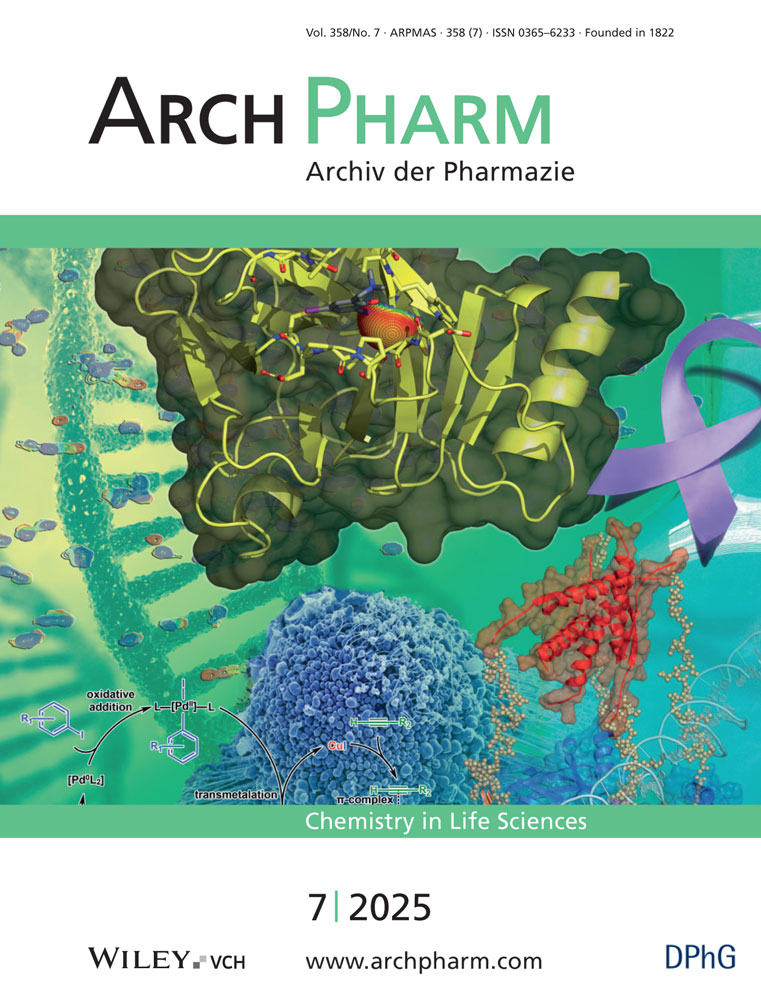Synthesis of Mannich Bases of Some 2,5-Disubstituted 4-Thiazolidinones and Evaluation of Their Antimicrobial Activities
Abstract
5-Phenyl/methyl-5-morpholinomethyl/pyrrolidinomethyl-2-(5-aryl-1,3,4-oxadiazol-2-yl) imino]-4-thiazolidinones (5a—m) were synthesized by the reaction of 5-phenyl/methyl-2-[(5-aryl-1,3,4-oxadiazol-2-yl)imino]-4-thiazolidinones (4a—j) with formaldehyde and morpholine or pyrrolidine. The structures of the compounds were determined by analytical and spectral (IR, 1H-NMR, EIMS) methods. The antibacterial activities of the novel compounds against Staphylococcus aureus ATCC 6538, Staphylococcus epidermidis ATCC 12228, Escherichia coli ATCC 8739, Klebsiella pneumoniae ATCC 4352, Pseudomonas aeruginosa ATCC 1539, Salmonella typhi, Shigella flexneri and Proteus mirabilis and antifungal activity against Candida albicans ATCC 10231 were tested using the disk diffusion method. Compounds 5a, 5b, 5c, 5e, 5g, and 5h were found to be active against S. aureus ATCC 6538 (MIC: 312.5; 39; 19.5; 39; 156; and 78 μg/mL respectively) and compounds 5c and 5h against S. flexneri (MIC: both 312.5 μg/mL). The minimal inhibitory concentrations of these compounds were determined using the micro dilution method.




